Market Trends
Key Emerging Trends in the Automotive Diagnostic Tool Market
The global market for automotive diagnostic tools is poised for substantial growth, driven by the escalating production and usage of vehicles worldwide. This surge in demand is primarily fueled by factors such as rapid urbanization, a growing preference for personal mobility, and an increased emphasis on low-emission transportation. Additionally, government support for vehicle inspection laws further contributes to the expanding landscape of this market.
One of the key drivers of the heightened demand for automotive diagnostic tools is the global trend towards urbanization. As urban centers burgeon and populations gravitate towards urban lifestyles, the demand for vehicles has witnessed a significant upswing. This shift, marked by an increasing inclination towards personal mobility, acts as a catalyst for the need for effective vehicle diagnostics solutions. Consumers, now more than ever, recognize the importance of incorporating in-vehicle diagnostic technologies when purchasing vehicles, further stimulating the demand for diagnostic tools.
Governments worldwide are actively supporting vehicle inspection laws to ensure road safety and environmental compliance. This, in turn, acts as a propellant for the automotive diagnostic tool market. Customers, attuned to the importance of complying with emission standards, are seeking vehicles equipped with advanced diagnostic features. The awareness among consumers about the advantages of such tools is anticipated to grow, subsequently contributing to an augmented demand for automotive diagnostic solutions.
Statistics from reputable organizations highlight the magnitude of the automotive industry. In 2019, the International Organization of Motor Vehicle Manufacturers reported a global production of over 92 million vehicles, encompassing 67 million cars and 25 million commercial vehicles. Similarly, the World Economic Forum projects a doubling of the overall number of passenger automobiles on the road by 2040, reaching a staggering 2 billion cars globally. These figures underscore the immense market potential for automotive diagnostic tools as the number of vehicles on the road continues to escalate.
The paradigm shift towards electric vehicles (EVs) is another pivotal factor influencing the automotive diagnostic tool market. With governments providing subsidies to bolster the adoption of electric vehicles, coupled with advancements such as increased driving range and reduced battery costs, the production of electric vehicles is on the rise. Automotive giants like Robert Bosch GmbH contribute to this trend by supplying innovative diagnostic tools, exemplified by the BAT 151 electrical system diagnostic analyzer complete kit, featuring cutting-edge technologies like direct temperature measurement and deep scan capabilities. The burgeoning electric vehicle market, driven by environmental considerations and government incentives, is poised to significantly elevate the demand for diagnostic equipment.
The global automotive diagnostic tool market is on a trajectory of substantial growth, fueled by the confluence of factors such as urbanization, increased emphasis on personal mobility, government support for vehicle inspection laws, and the burgeoning electric vehicle sector. As innovations in vehicle technology continue and awareness among consumers rises, the demand for automotive diagnostic tools is anticipated to witness a sustained and robust upswing in the forecast period.

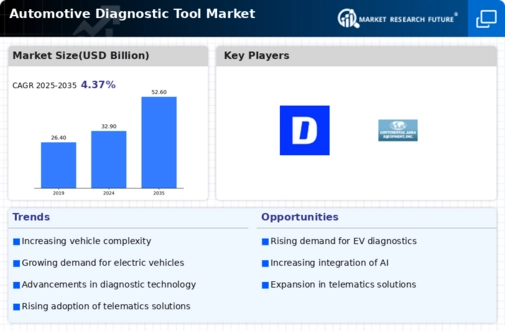
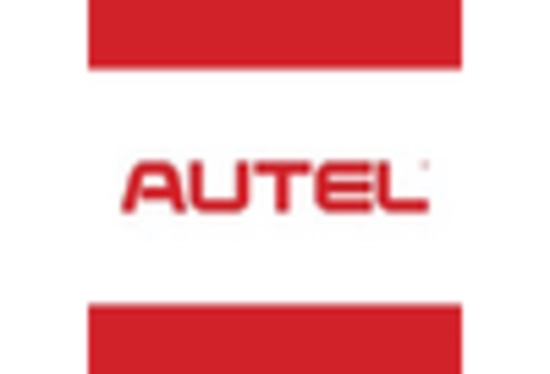

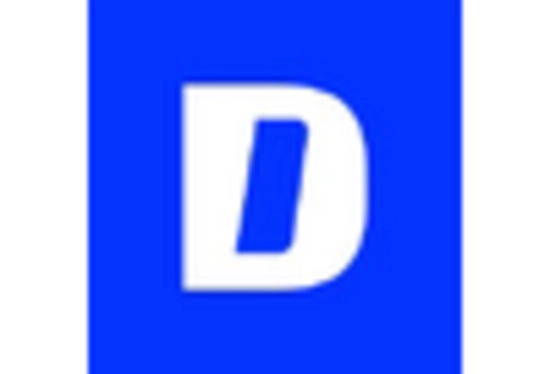

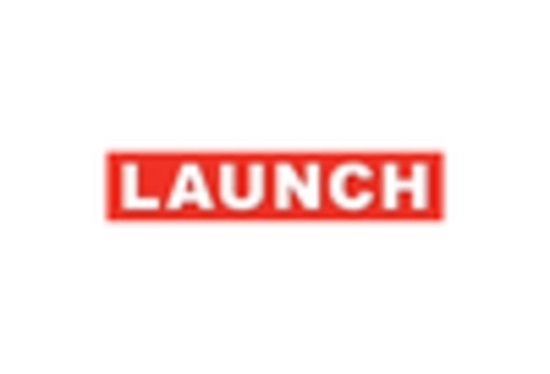
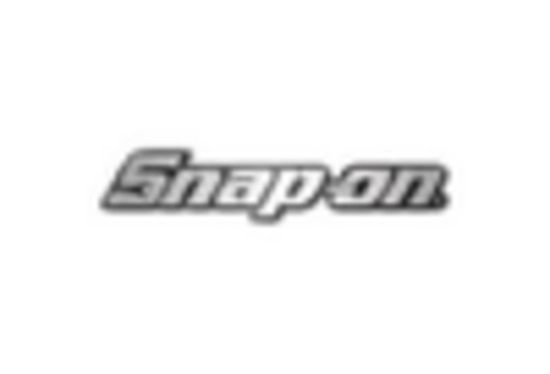









Leave a Comment